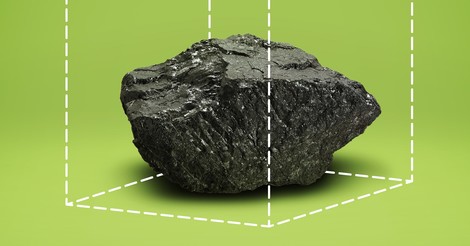Your podcast discovery platform
Curious minds select the most fascinating podcasts from around the world. Discover hand-piqd audio recommendations on your favorite topics.

piqer for: Climate and Environment Global finds
Andrea is a writer and researcher based out of Chicago. Andrea has a Bachelor's degree in environmental science from The Ohio State University and a Master's in Environmental Planning and Management at National Taiwan University, where she specialized in climate adaptation and urbanization. She writes for TaiwaneseAmerican.org, and sends out a biweekly newsletter which includes articles on politics, environment, identity, and intersections of race, class, and gender (http://eepurl.com/bPv-F5).
We're Counting On Negative Emissions Tech To Avoid Climate Disaster, But Does It Even Exist Yet?
In 101 of the scenarios that prevent the world from going over 2 degrees Celsius of warming, it is necessary to actually take carbon out of the atmosphere. Negative emissions, as it is called, take a prominent role in certain reports that keep us within "acceptable" ranges of climate change. But what does it require? BECCS, or bioenergy with carbon capture and storage, is "an unproven concept to put it mildly" with regards to upscaling to the massive volumes necessary to match what is needed in the scenarios. At a time when our carbon budget is tight and our timeline is almost, if not already, up, negative emissions seemed like the only hope.
It seemed that "reliance on negative emissions had quietly 'spread like a cancer' through the scenarios, along with the assumption that young people would somehow figure out how to extract CO2 at a cost he later projected to be $140–570 trillion this century ... In a scathing letter in 2015, Anderson accused scientists of using negative emissions to sanitize their research for policymakers ... fellow critics argued that the integrated assessment models had become a political device to make the 2°C goal seem more plausible than it was."
But other scientists say that models were never meant to be predictive, but rather an exploration of what would be necessary to reach goals. However, the gap between development of these technologies and their prominence in these reports is wide. The truth is, we do in fact need these technologies, even if they don't yet exist in a way that we could rely on them today.
There is one real-life example of BECCS in Decatur, Illinois. Corn is processed into ethanol, and its carbon dioxide is captured and sent underground for storage in a reservoir. It works well, but it's a lonely experiment. And does it scale? Not to mention, negative emissions is only part of the puzzle in the battle to reduce carbon in the air. Nonetheless, this piece is an informative read on the technology and its implications of carbon capture.
